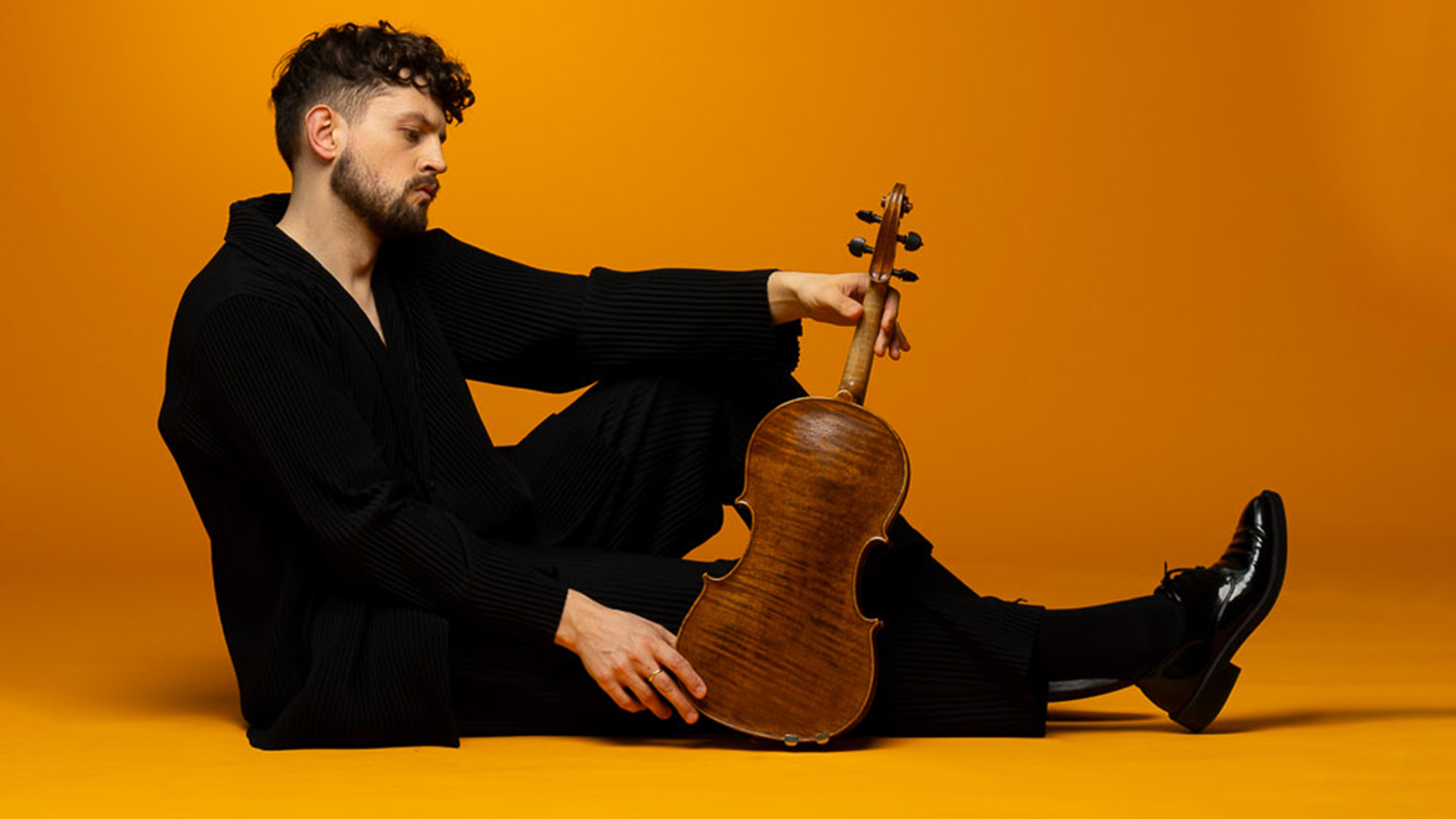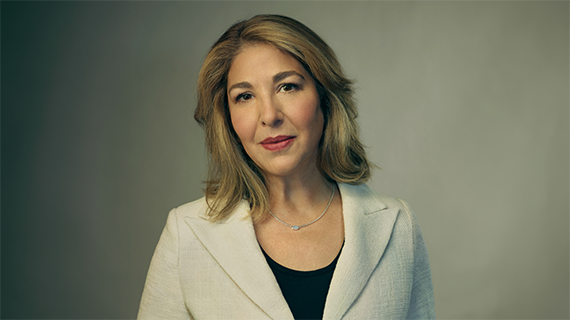

By Sam Markham
Humanities 101 is a program that UBC has been running for the past 12 years, but you won’t find it on any course website. It provides free education to residents of the Downtown Eastside and Downtown South, and until the beginning of May, some of the material generated in this program is being featured at the Vancouver Art Gallery.
Hum students bring a wealth of experience to UBC. They range in age from 20-80, and they’ve all faced many hardships like homelessness or insecure housing. Many are deeply involved in their communities. However, the common denominator for Hum students is economic hardship… and a love of education.
“If you’re living on a low income and you’re living with other barriers, university is not usually open to you,” says Margot Leigh Butler, who has been the Academic Director of Hum for the past five years and a volunteer prof for five before that. “But it is open through Hum. We just want them to come if they want to be here. And they really want to be here.”
Hum offers four non-credit courses. The original course, Humanities 101, runs for eight months and involves lectures given by a different volunteer expert each week on different subjects. “We’ve been discussing everything from politics to symbols and signs to philosophy, broad strokes of everything that goes on in everyday life, and you learn and share ideas with people who you otherwise would not brush shoulders with,” says George Wallace, Hum student. Says Larissa Lai, UBC English professor: “The students bring such a wealth of knowledge. They ask some of the best questions I’ve heard in any class at UBC.”
Students submit assignments and go on fieldtrips with the class. The program opens access to education by providing bus tickets to get to UBC, meal vouchers for the two nights a week they’re here, and even funding to help with child care.
Aside from the core courses, the program runs study groups in the Downtown Eastside and Downtown South for students based on what they want to discuss. Many alumni stay involved in the program, mentoring current students or getting involved in other ways, like attending Steering Committee meetings, which are open to anyone who’s ever taken a course through Hum. In the past two years alone, Hum has piloted two new courses, both for their alumni.
Hum got involved in the show at the Vancouver Art Gallery through Kathleen Ritter, one of the exhibition’s curators and a colleague of Butler’s. WE: Vancouver – 12 Manifestos for the City, “examines Vancouver through the extraordinary range of practices, actions, and ideas that shape and activate it.” The website goes onto explain that the exhibit is divided up into 12 verbs as the title indicates. Hum fits in under “speak.”
“I started thinking more and more about leaving the visual register entirely and going into the aural instead,” says Butler. “If we stayed in sounds and words, would it create a way for people who have been inundated with media representations, of stereotypes of Downtown Eastsiders for decades, and decades, to be open to seeing them differently?”
Hum’s part of the exhibit is two large computer monitors and two sets of headphones. The screen saver is an animated manifesto, and visitors to the gallery can choose from 10 audio tracks from as short as a few minutes to over an hour. Recordings range from classes to students reading their work or speaking about the program.
“Take the cotton out of your ears, put it in your mouth, and listen… listen… listen….” These words, penned by Hum student Gladys Lee, begin the manifesto featured in the exhibit. They are extremely apt to describe a program that defies so many expectations, starting with our own, often inaccurate, expectations of its students.


